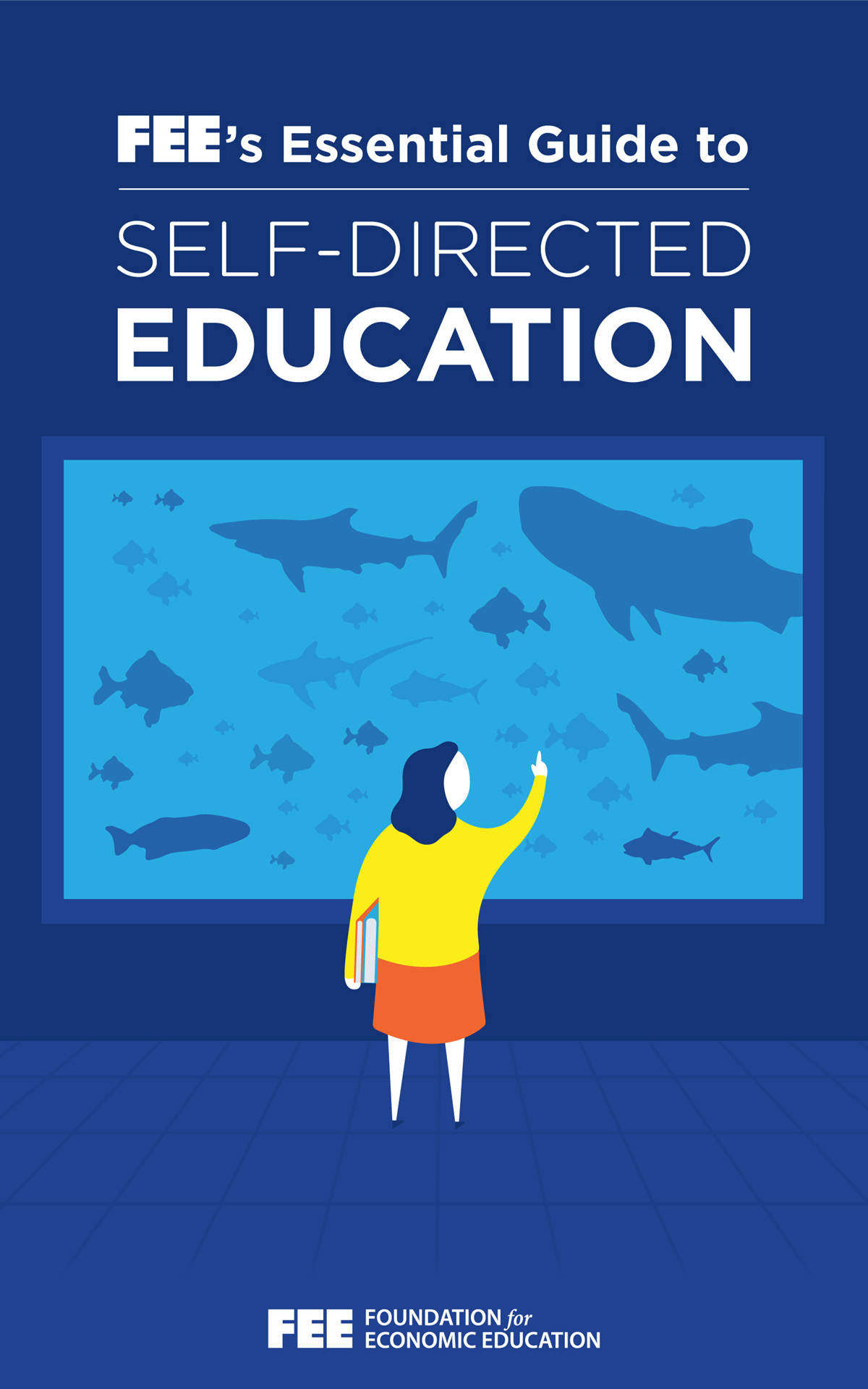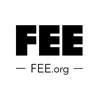Download:
What Is Self-Directed Education?
This book bears good news. Great parenting is much easier and more fun than most people think, even if you homeschool: in fact, especially if you homeschool.
- You don’t need to be an expert, whether in education or any given subject matter, for your child to learn.
- You don’t need to be a taskmaster for your child to become self-disciplined and successful.
- And you don’t need to regularly rebuke your children over their behavior for them to learn good manners and grow up to become decent, moral people.
You can relieve yourself (and your child) of these onerous burdens, because kids teach themselves.
This is the fundamental insight underlying Self-Directed Education, a burgeoning movement and philosophy that has grown out of ideas associated with homeschooling, unschooling, peaceful parenting, Montessori education, and other child-centered approaches.
As biopsychologist Peter Gray wrote in his book Free to Learn:
Children come into the world burning to learn and genetically programmed with extraordinary capacities for learning. They are little learning machines.”
We are all born autodidacts—self-educators—blessed with an instinctive drive to acquire, exercise, test, and improve new abilities that will help us thrive in life.
As children grow more aware of the world around them, they yearn to engage with it, and to do so with ever greater independence. They see how adults and older kids use their minds and bodies to do wondrous things—moving, communicating, performing, creating, etc.—and this inspires them into emulation.
This is not to say there is no fundamental difference between children and adults. Children are not yet fully independent. They cannot provide for themselves, and they mustn’t be allowed to toddle into deadly danger. As such, they need adults to give them a considerable degree of protection and provision. They also need affection, which serves as emotional assurance of such life-securing support.
But, what children do not need (and what is almost always imposed on them) is continuous external direction in their daily doings. Children can be trusted to self-direct, and to self-direct toward ever greater self-actualization.
As John Holt, who coined the term “unschooling,” wrote in his book How Children Learn:
All I am saying in this book can be summed up in two words—Trust Children. Nothing could be more simple—or more difficult. Difficult, because to trust children we must trust ourselves—and most of us were taught as children that we could not be trusted. And so we go on treating children as we ourselves were treated, calling this ‘reality,’ or saying bitterly, ‘If I could put up with it, they can too.’ What we have to do is break this long downward cycle of fear and distrust, and trust children as we ourselves were not trusted. To do this will take a long leap of faith—but great rewards await any of us who will take that leap.”
This is not to say that parents have no role in the education of their children beyond basic life-support. Great parenting means facilitating self-directed education by providing children with access to resource-rich environments, and then stepping back and allowing them maximum freedom to engage with those resources however they please: in other words, freedom to play.
Some of these resources are material: toys, stuff for building, natural materials, etc. Children are naturally drawn to manipulate, explore, and experiment with stuff: especially new things.
And children especially need access to what Dr. Gray refers to as, “the tools of their culture.” For children in hunter-gatherer societies, this meant, “knives, digging sticks, bows and arrows, snares, musical instruments, dugout canoes, and the like.” For children in the modern world, this means cooking utensils, cleaning instruments, handiwork tools, creative materials, books, computers, and other hi-tech devices: yes, even the much-maligned smartphone and tablet of “screentime” infamy.
Just as hunter-gatherer children learned to play with primitive tools by observing their elders, modern children need to see adults and older children using the tools of their work and pastimes. So access to “human resources” is just as important as material resources. Parents must first and foremost provide access to themselves. And from there, children should be allowed to branch out to other family members and non-related friends of all ages. Any member of a child’s community can serve the child as a model to emulate and as a playmate to interact with.
Such play is how children self-educate. They observe others doing things they themselves cannot yet do. They try their hand by roughly mimicking the behavior. They request help when they need and are ready for it. And they obsessively repeat new behaviors over and over again. During these reps, they compare their own actions and results with the actions and results of their models, notice discrepancies, and refine accordingly. And they continually challenge themselves to approach the performance levels of their elders.
This is how children learn to walk and to talk. And if our teacherly ministrations don’t interfere, it is also how they can smoothly teach themselves to read, write, draw, sing, dance, sport, build, or undertake anything else that interests them.
Voluntarily following self-directed pursuits is how children learn such virtues as self-discipline, industry, and grit. And social play is how children learn how best to treat other people: in other words, how they learn morals and manners.
The flipside of the insight that kids teach themselves is the unsettling realization that adults, in trying to be good teachers, too often obstruct and sidetrack the efforts of children to self-educate: especially once children are enrolled in school.
This message should be especially easy for lovers of liberty to understand. Human beings, both adults and children, thrive under freedom. And authoritarian interventions, no matter how well-intentioned, generally muck things up: whether the intervener is an overbearing teacher or a busybody bureaucrat.
As Gray wrote:
Nature does not turn off this enormous desire and capacity to learn when children turn five or six. We turn it off with our coercive system of schooling.”
Free play is the natural work and study of children. And, even for adults, the highest, most productive and creative forms of work and study are indistinguishable from play. Displacing the free play of children with adult-imposed, coerced work and study only serves to cripple the child’s self-educating spirit and to stunt the child’s development.
The main lessons imparted by coercive education are (1) that work and study are fundamentally boring endeavors to pursue grudgingly for someone else’s sake, and not your own, and (2) that submissiveness and blind compliance will be rewarded in life, and so are prime virtues, while initiative and self-driven enterprise will be punished, and so are dangerous vices.
As Holt wrote:
“In short, children have a style of learning that fits their condition, and which they use naturally and well until we train them out of it. We like to say that we send children to school to teach them to think. What we do, all too often, is to teach them to think badly, to give up a natural and powerful way of thinking in favor of a method that does not work well for them and that we rarely use ourselves.”
If you would like to explore these ideas further, I highly recommend the following books and resources. Let the self-education begin!

